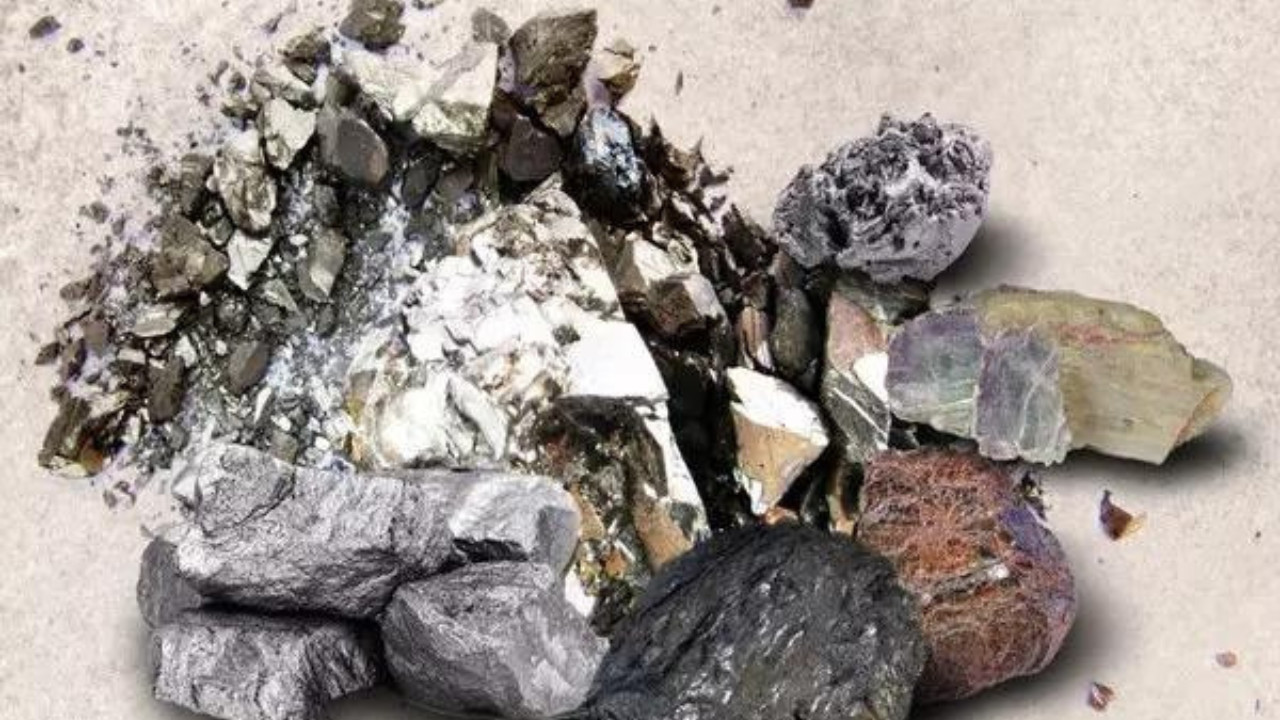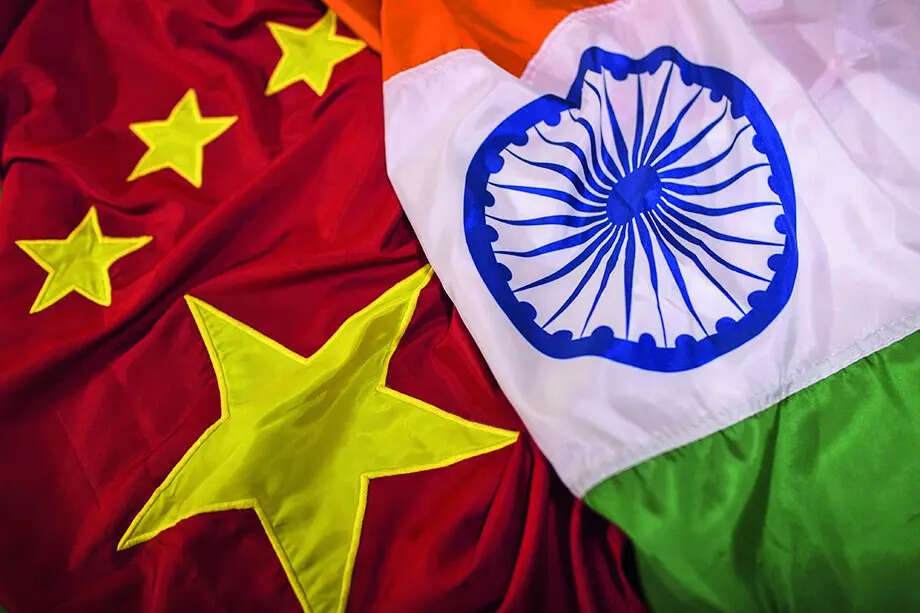The Curious Case of the Missing 2000 Rupee Note: A Mystery Still Unfolding
Remember the Great 2000 Rupee You might be thinking, “So what? It’s just money.” But it’s more than that. It’s a window into the workings of the Indian economy, the habits of its people, and the surprisingly stubborn persistence of cash in a world increasingly dominated by digital transactions.
So, where could these missing notes be? Let’s indulge in a little armchair speculation, shall we?
First, the obvious suspect: good old-fashioned hoarding. Despite the digital revolution, there’s still a significant segment of the population that prefers the tangible security of cash. Maybe they distrust banks, perhaps they live in areas with limited banking access, or maybe they simply prefer the feel of a wad of cash in their pocket. Whatever the reason, some people likely stashed these notes away in mattresses, cookie jars, or perhaps buried them under a particularly fruitful mango tree. They might not have even realized the notes were no longer valid or perhaps simply never got around to exchanging them.
Then there’s the “forgetful financier” scenario. Think of the NRI uncle who comes home once a year, only to discover a stash of 2000 rupee notes tucked away in an old suitcase. Or the senior citizen who tucked them away for a rainy day and then… well, you know. Life happens, and sometimes those emergency funds get forgotten.
Of course, we can’t ignore the less savory possibilities. While the demonetization was aimed at curbing illegal activities, some might still be holding onto these notes, hoping to find a way to quietly reintroduce them into the system or perhaps write them off as a loss rather than risk scrutiny. After all, large denominations are convenient for illicit transactions.
Regardless of the reason, the fact that so much money remains outstanding raises some interesting questions. What impact does this have on the overall money supply? Are there pockets of the economy where these notes are still being unofficially accepted? And what, if anything, can the RBI do to encourage the return of these final holdouts?
The RBI will probably take a deep breath and analyze the data. Is this remaining amount significant enough to warrant further action? Is there a potential cost to going after these last few notes?
Frankly, I don’t think the RBI will lose much sleep. After all, the vast majority of the notes were successfully returned. They can consider it a highly successful campaign. But as a curious observer of the Indian economy, I admit I’m intrigued. This leftover amount represents more than just a financial figure; it’s a snapshot of human behavior, the complexities of a diverse economy, and the enduring allure of cold, hard cash.
And while the mystery of the missing 2000 rupee notes might never be fully solved, it serves as a reminder that even in the age of digital finance, cash still reigns in certain corners, clinging on with surprising tenacity. It leaves one wondering, what other economic secrets are hiding just beneath the surface? The answer, like those missing notes, is out there, somewhere.
📬 Stay informed — follow us for more insightful updates!







